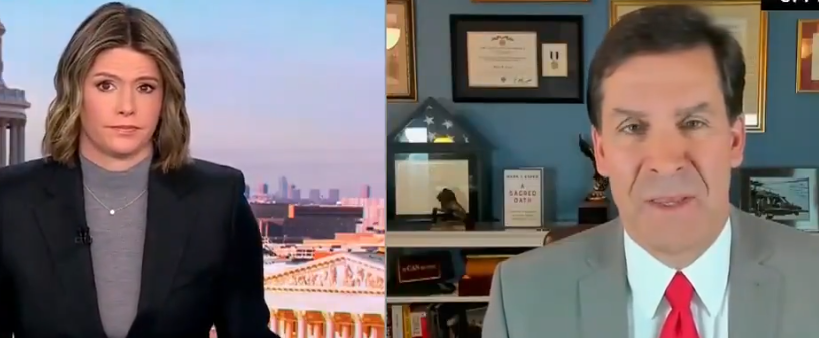Washington Post Op-Ed on the All-Volunteer Force and How to Fix It
The all-volunteer force is dying. Here’s how to save it.
By Mark T. Esper
September 21, 2023 at 10:57 a.m. EDT
America’s all-volunteer force is slowly dying. And unless we take action soon to reverse the trend, we are putting our nation’s future security at risk.
This year, the all-volunteer force’s 50th, has been another tough one for military recruiting. The largest services will all miss their recruiting targets. The Army, which fell short last year by 15,000 recruits — 25 percent of its annual goal — expects to fall short by over 15 percent this year. The Navy and Air Force will also miss their marks by thousands.
Experts point to a variety of reasons, such as insufficient pay and benefits, a difficult work-life balance, fear of personal harm, and a relatively good job market. Some on the right say military “wokeness” is the problem; some on the left blame sexual assault and discrimination in the ranks.
Military professionals tell me all these factors are at play. But even if these issues were “fixed,” the all-volunteer force’s long-term decline would continue.
The fact is, the pool of Americans ages 17 to 24 who are qualified and interested in serving continues to shrink. When I was Army secretary in 2017, 71 percent of these 34 million young people could not meet the military’s entry requirements, mostly because of obesity, drug abuse, and physical and mental health problems. That number is even higher now. About half of the 23 percent remaining who are eligible to serve today decide to attend college. At the same time, the share of the entire cohort with a propensity to serve has dropped from 13 percent to 9 percent. That leaves fewer than 500,000 potential recruits. It’s hard to believe that a nation of 333 million people can’t produce a larger pool.
The numbers are all heading in the wrong direction, driven by broader cultural and lifestyle trends and a society unfamiliar with the 0.5 percent of their fellow citizens who defend them. When the draft ended in 1973, many young people had a family connection to the armed forces, someone who could explain military life. Today, that number is far lower, creating a “knowledge gap” that inhibits most from even considering serving. It also explains why nearly 80 percent of today’s recruits have a relative who has served. A military caste seems to have emerged over time, further isolating the military from society and undermining civilian-military relations.
The White House and Congress need to work together to reverse the slide. They should begin by setting up a bipartisan commission of esteemed leaders, much as was done in 1969 to create the all-volunteer force — but this time, the mission would be to save it. To do that, commissioners would have to focus on two key issues: increasing the pool of young people qualified to serve and raising their interest in doing so.
For reasons that also extend beyond the military’s needs, such a commission should look at ways to improve the health and fitness of the nation’s youths, from resurrecting the long-abandoned Presidential Fitness Test to ensuring that physical education classes are part of every student’s daily schedule. According to the Centers for Disease Control and Prevention, fewer than 30 percent of today’s high school students exercise on a daily basis
The Armed Services Vocational Aptitude Battery, the military’s enlistment test for academic eligibility, should be overhauled to ensure that it’s appropriate to the occupational specialties the military needs and that young people are allowed more time, tools and attempts to pass it. Medical requirements for service, such as allowing more waivers for kids with allergies, long-past conditions and old sports injuries, should be simplified.
JROTC, a proven program that not only helps teenagers develop important life skills but also familiarizes them with the military, should be expanded nationally with its own funding to ensure better geographic representation and opportunity for all. Fewer than 20 percent of high schools offer JROTC. At the same time, Congress must once and for all give military recruiters the same access to U.S. high schools that colleges and prospective employers enjoy. This is not happening, and many young adults are being denied a credible career path as a result.
While these initiatives and others are being explored, the Pentagon must steer away from lowering standards, reducing the military’s size, and creating hollow — i.e., undermanned — combat formations. We must field the force we need to win our nation’s wars, not take shortcuts.
Our elected leaders must also educate and inspire our youths by addressing their concerns and misconceptions, extolling the virtues of military duty and discussing the benefits and opportunities that come with service. They should also seek the assistance of sports figures, entertainers and others who exert influence over young Americans to help promote these messages.
With threats from China and elsewhere growing, we cannot ignore this issue. Most solutions will take years to bear fruit. But if we are to deter war, be victorious if it comes and safeguard our democracy, we will need to maintain a sizable high-quality force of volunteers. That means today’s leaders must act now to entice the next great generation of Americans to serve.
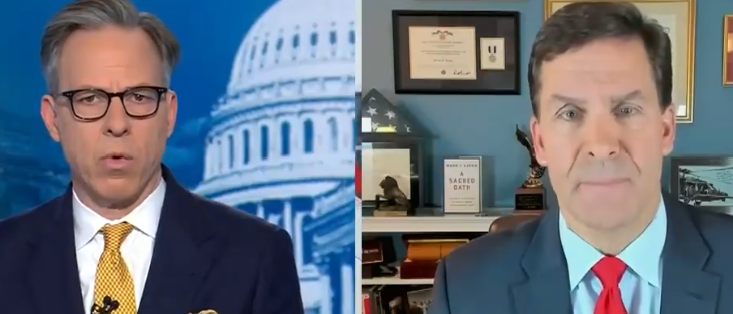
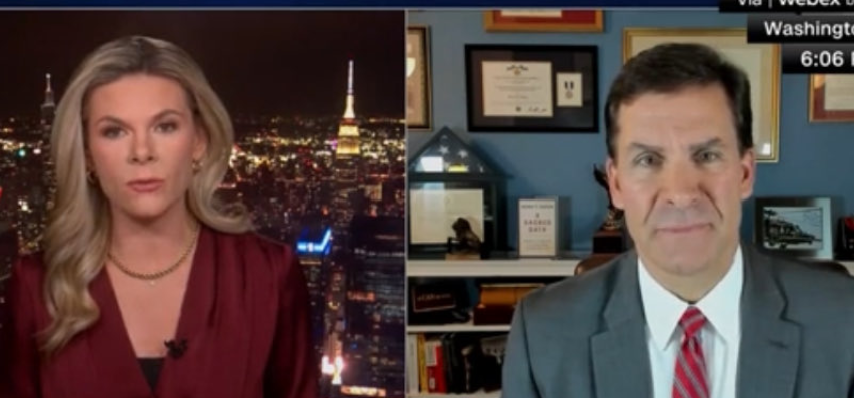
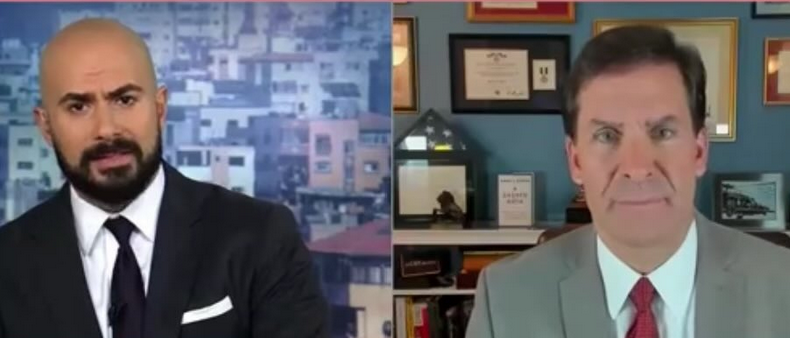
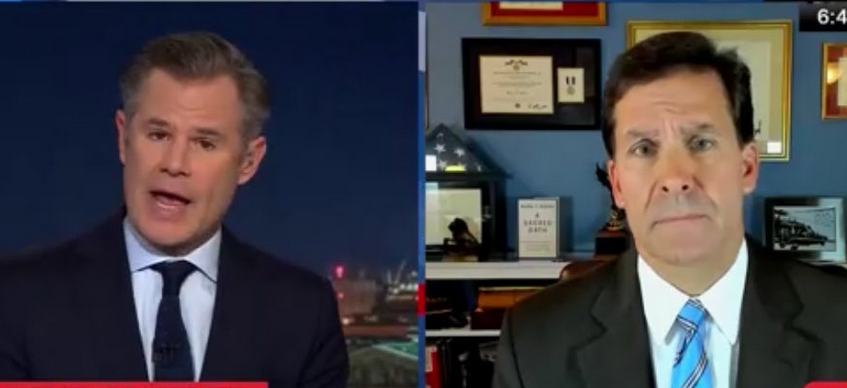
Contact Us
We will get back to you as soon as possible.
Please try again later.


